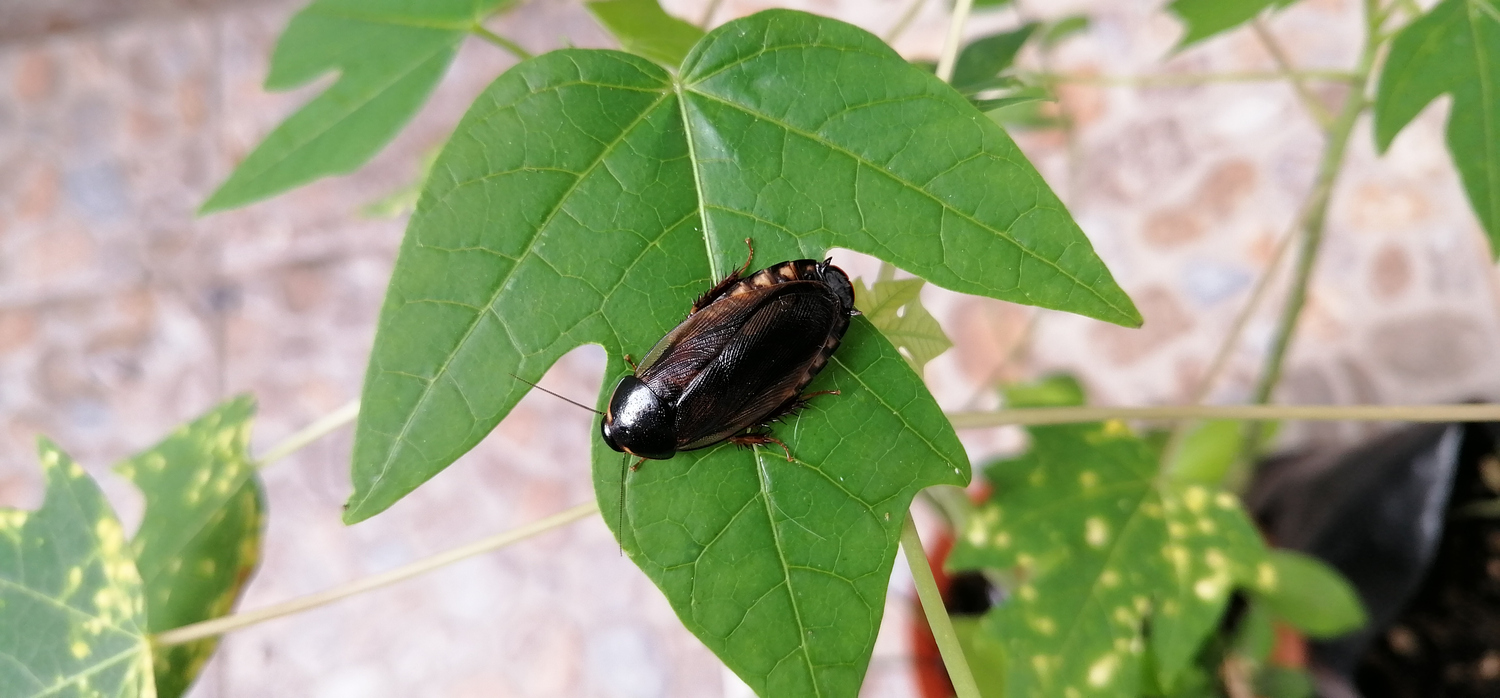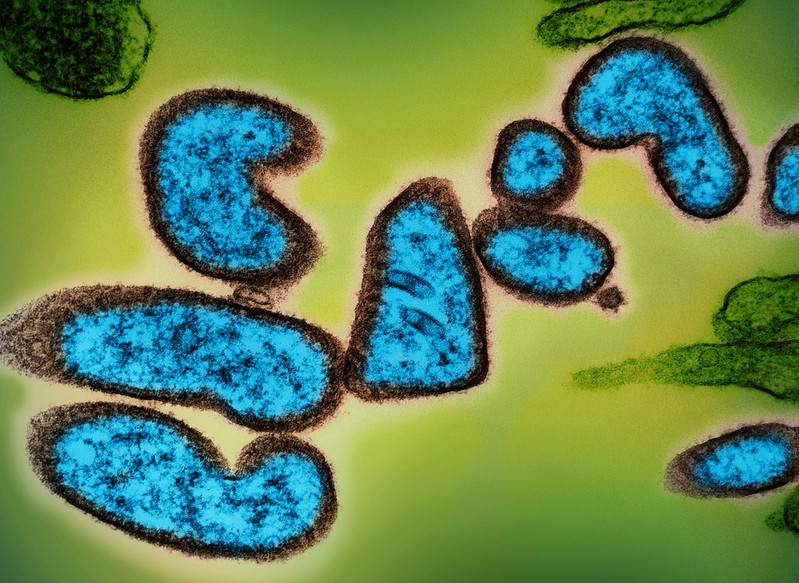An experimental study that involved cockroaches highlights the dynamics of antimicrobial resistance (AMR) transmission, Danish researchers reported today in mSystems.

In the study, a team of researchers from the Technical University of Denmark set up an experiment in which they separated 250 Pycnoscelus surinamensis cockroaches into two groups to explore AMR transmission within symbiotic microbiomes across hosts. One group (terrarium B) was treated daily with tetracycline, and the other (terrarium A) went untreated. They then sampled cockroaches and soil from both terraria for metagenomic sequencing.
Sequencing analysis revealed that the gut microbiome of the treated cockroaches contained decreased microbial diversity and an elevated abundance of tetracycline resistance genes compared with the untreated group.
When the researchers transferred some of the treated cockroaches into terrarium A and sampled cockroaches and soil from the mixed population, they found that untreated cockroaches also had elevated tetracycline resistance, as did the soil. The levels of resistance differed based on the magnitude and frequency of population mixing.
Valuable insight, but more research needed
The researchers say the study is noteworthy because while mathematical models have been used to predict the potential trajectories and outcomes of AMR transmission, "there remain major gaps in our understanding when it comes to actual, real-world transmission events." They chose cockroaches because they harbor a diverse microbiome, which makes them a good model for microbiome research. In addition, P surinamensis is a highly social species known to live in closely knit, clonal colonies and is a good model for testing microbial transmission.
"Of course, insect models are only the first step in testing modeling hypotheses, as the physiological differences between cockroaches and mammals might result in some variations in microbial interactions and immunity," the study authors wrote.
"Hence, while cockroaches provide valuable insights into the basic mechanisms of AMR transmission, extrapolating findings to human population dynamics should be approached with caution and complemented by other animal models or clinical observations."


















